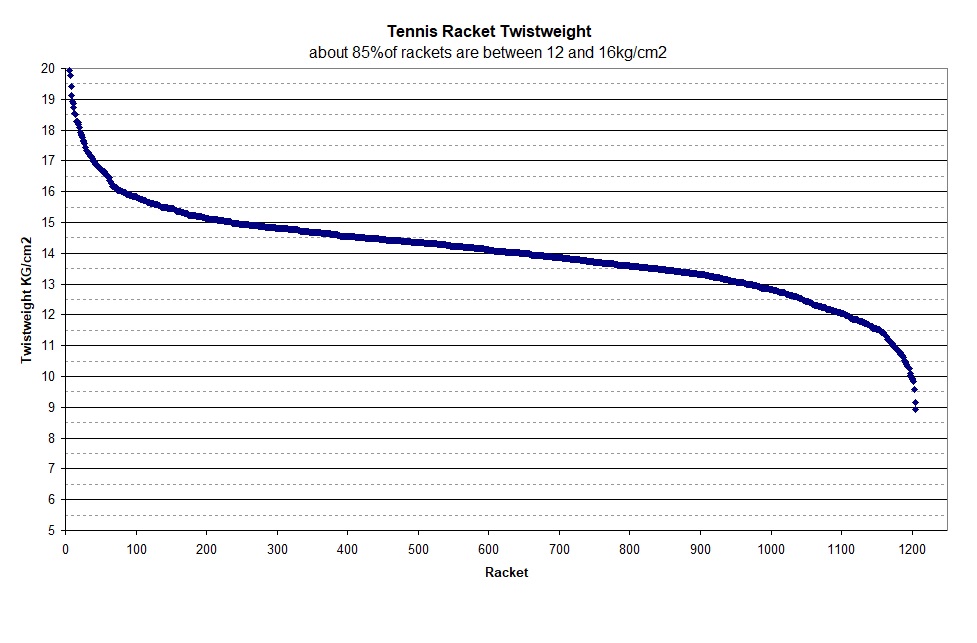pico
Hall of Fame
Given that a racquet is of a decent static weight, does the increased stiffness of a racquet make it stable and powerful even though it might be of a low swingweight and thus on par with a lower flex racquet of a higher swingweight (either stock or through customisation). I have a friend who is 4.5 and he plays a stock Babolat Pure Aero Team (gets good depth, stability, power, spin) which got me wondering about whether stiffness or swingweight are influential in power and stability of a racquet (given a decent static weight).
Last edited:


